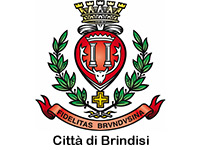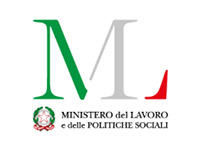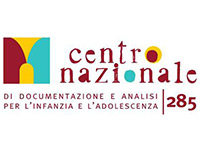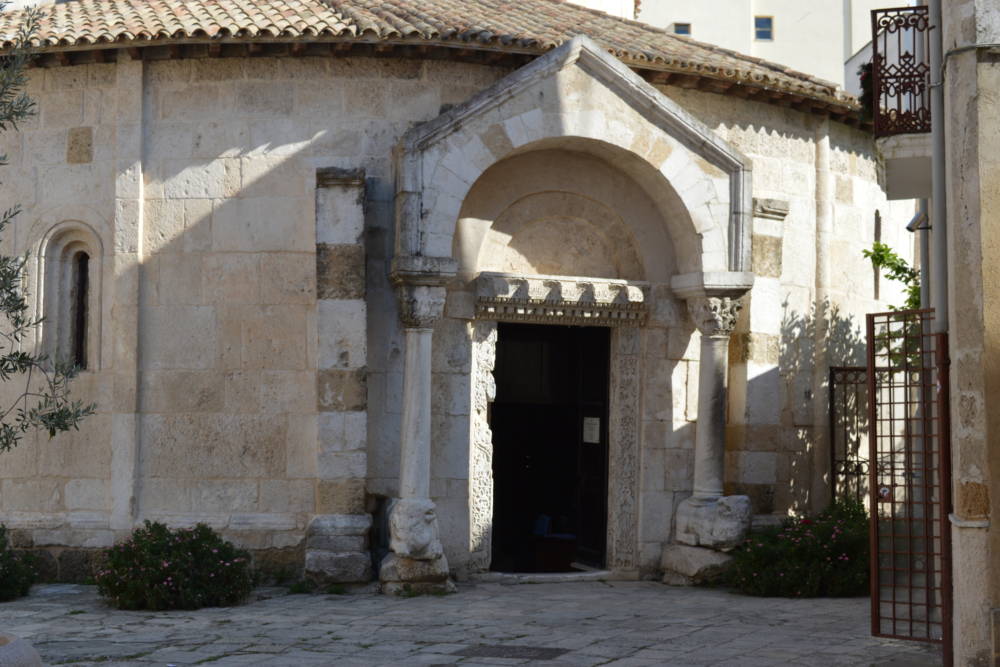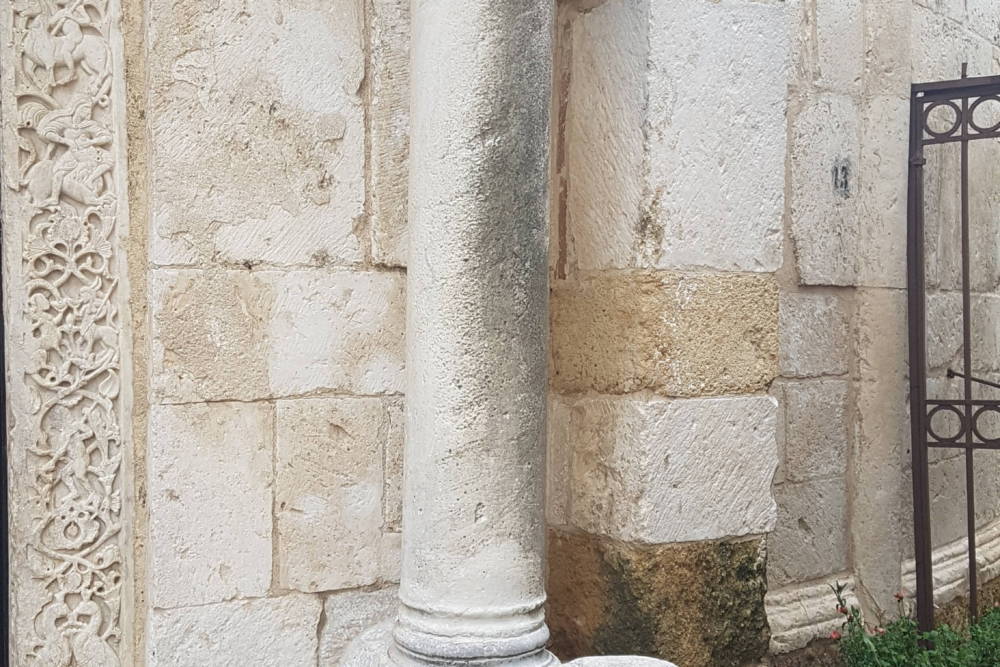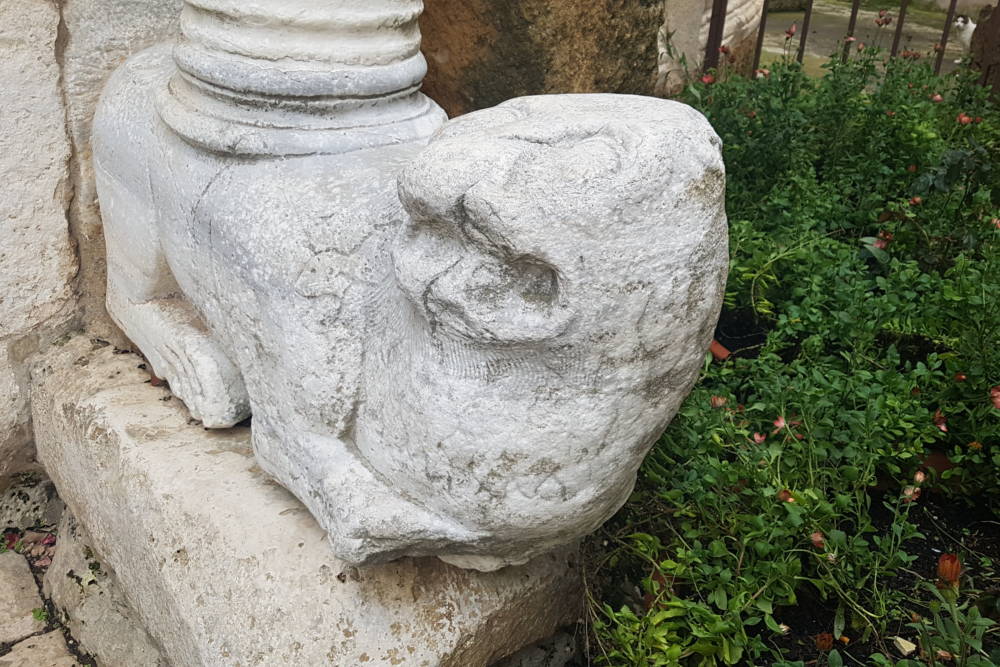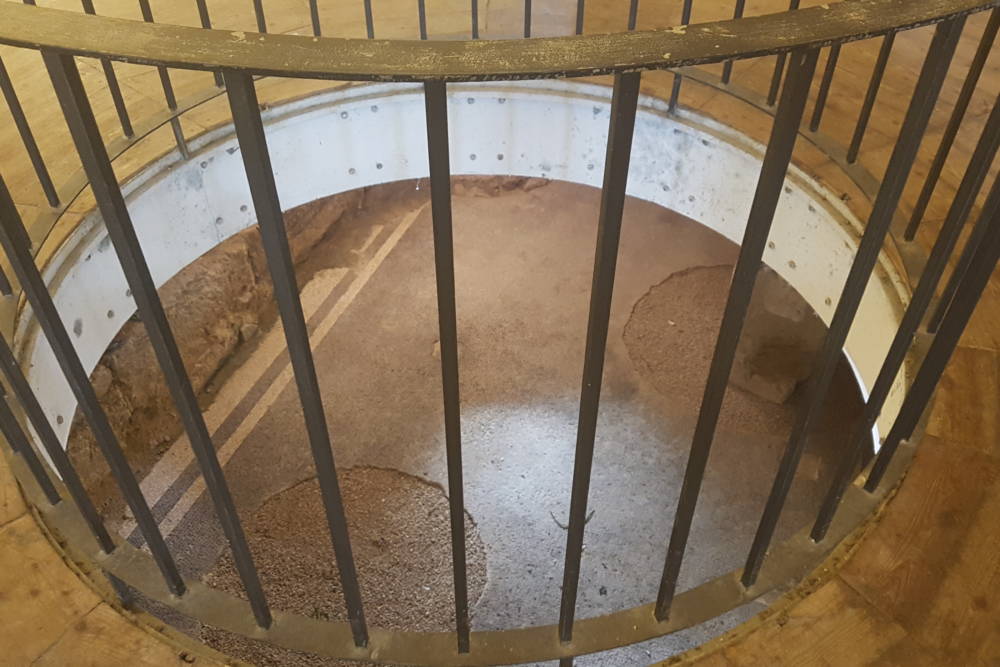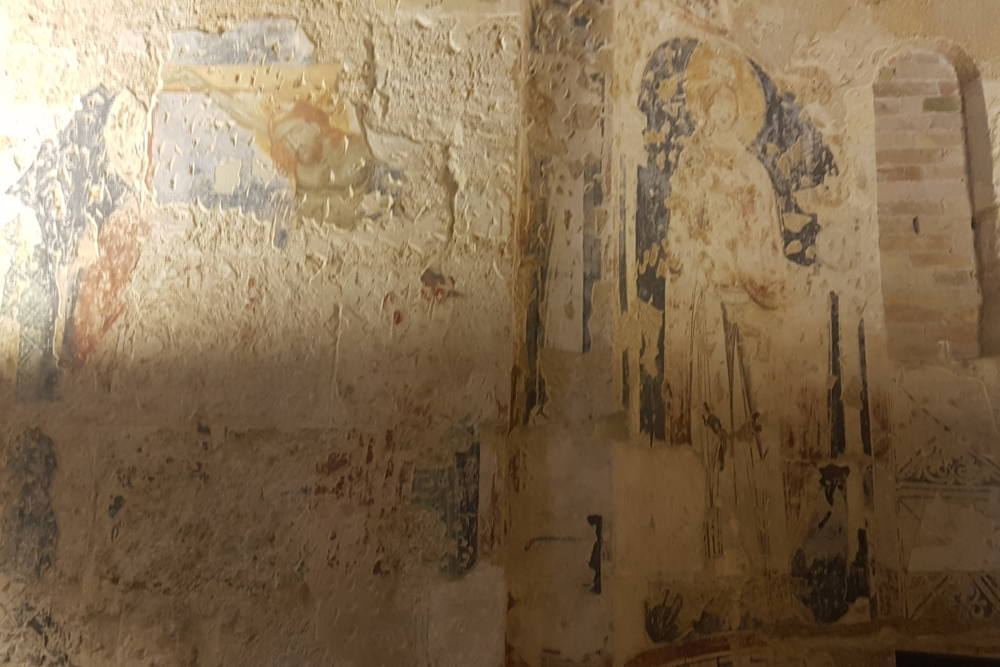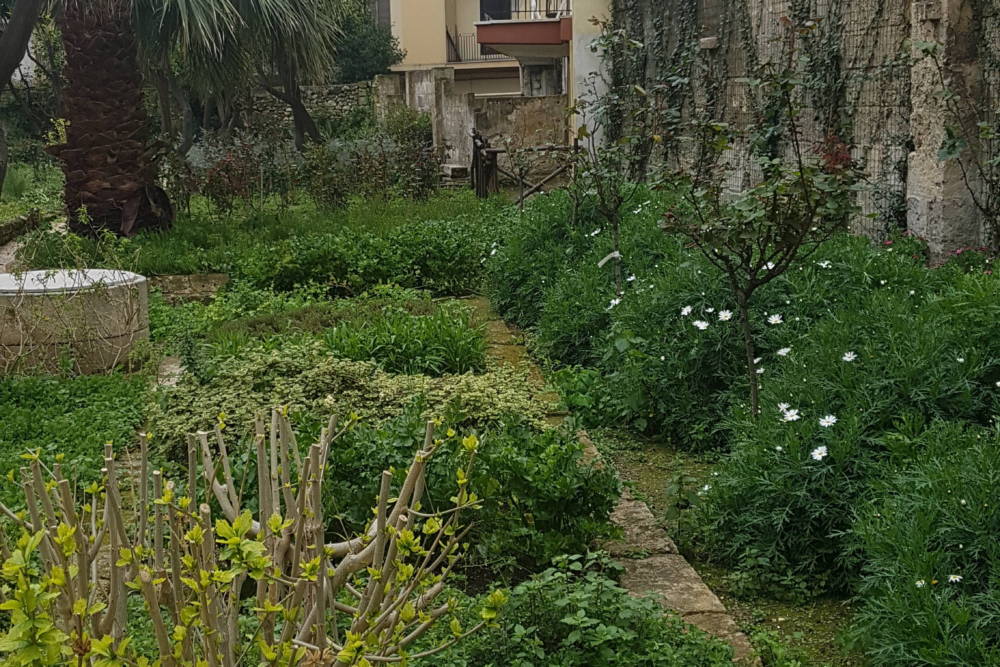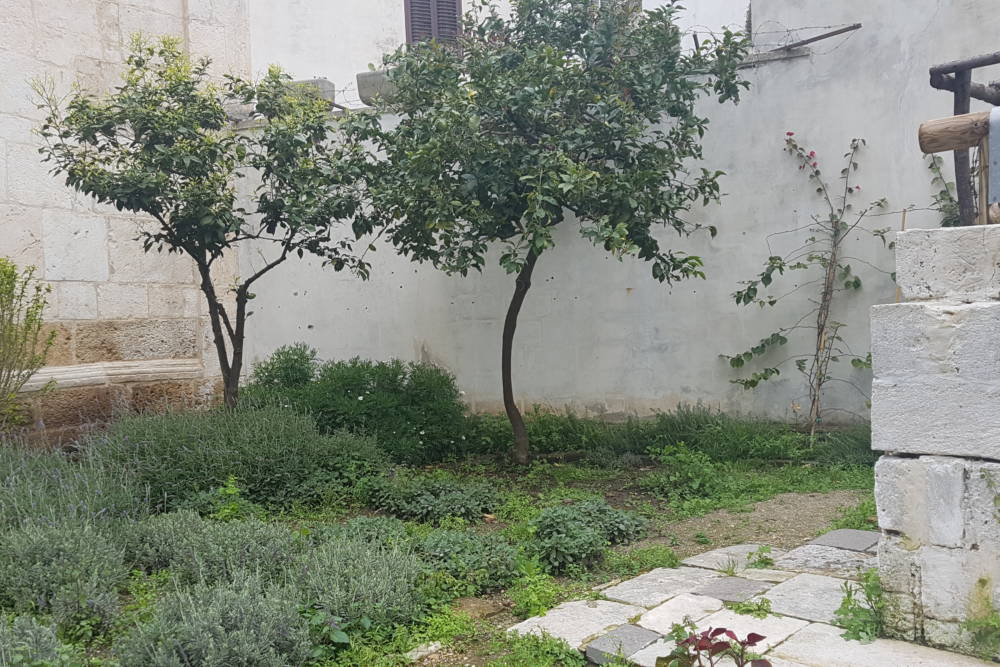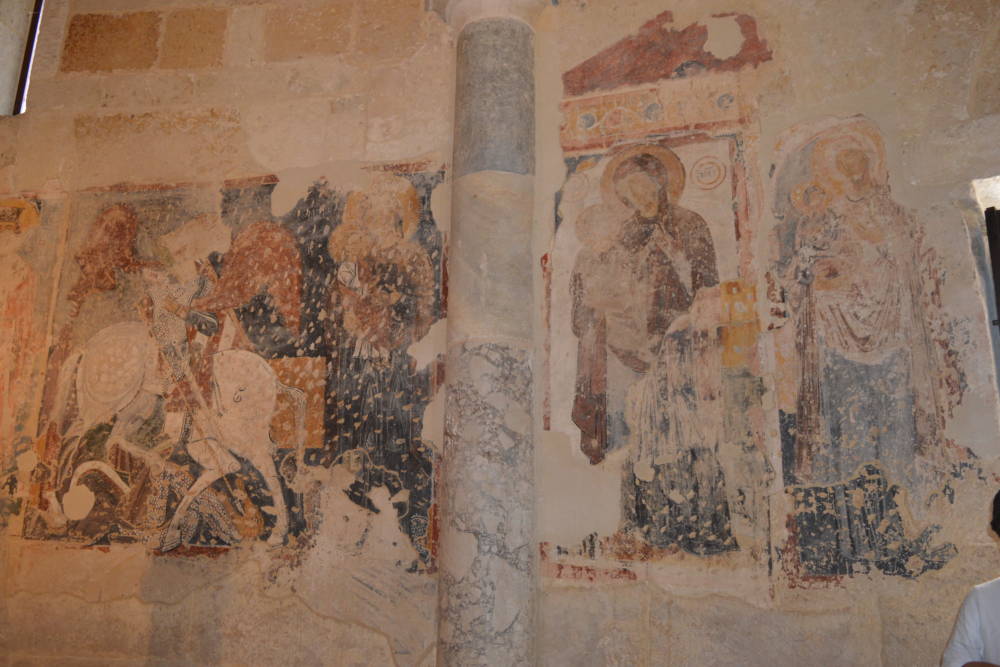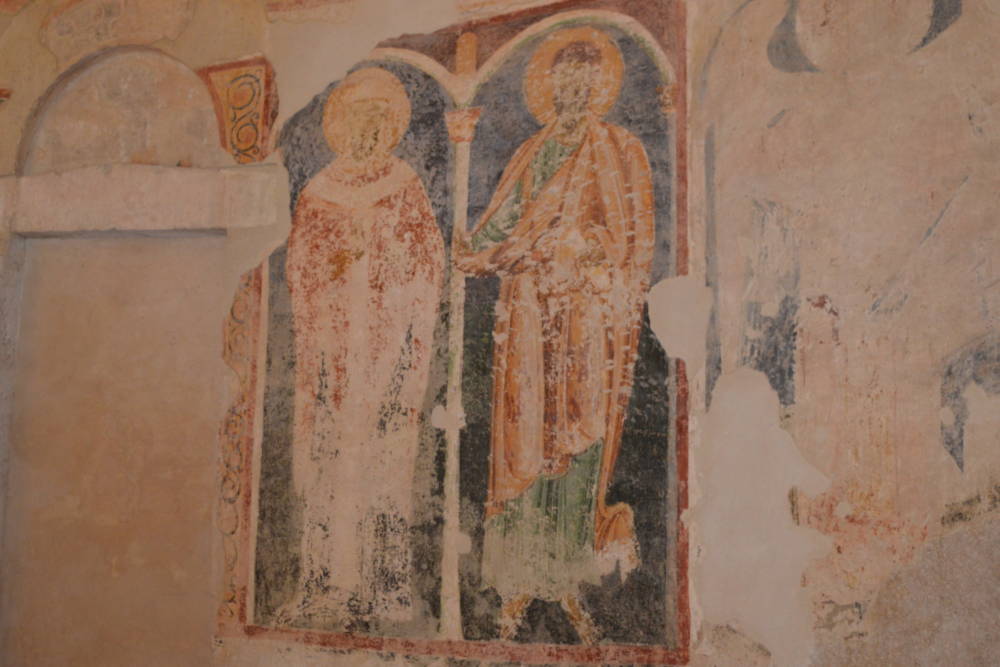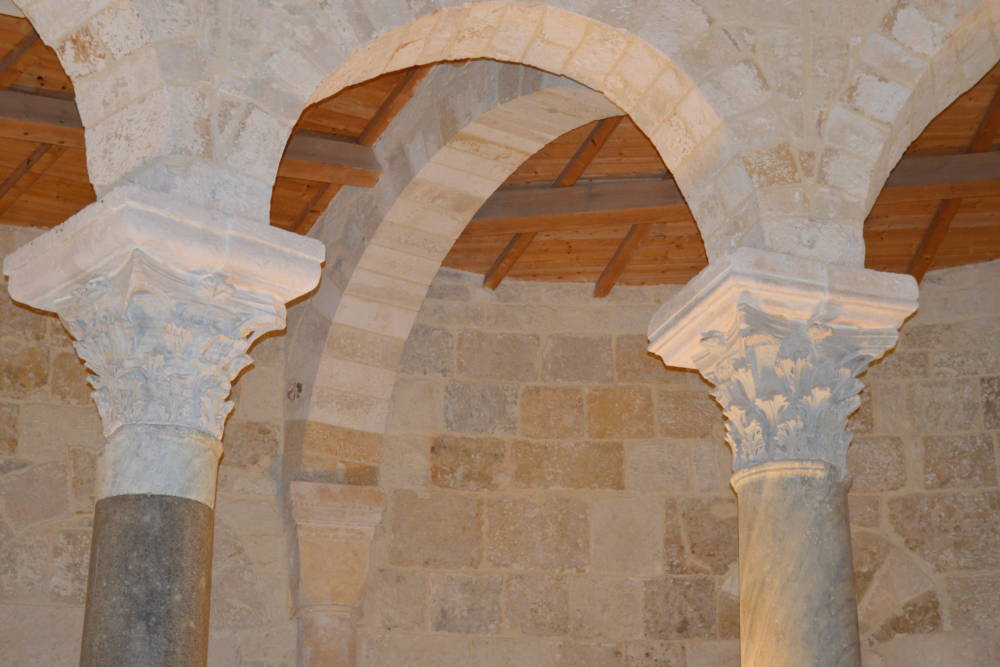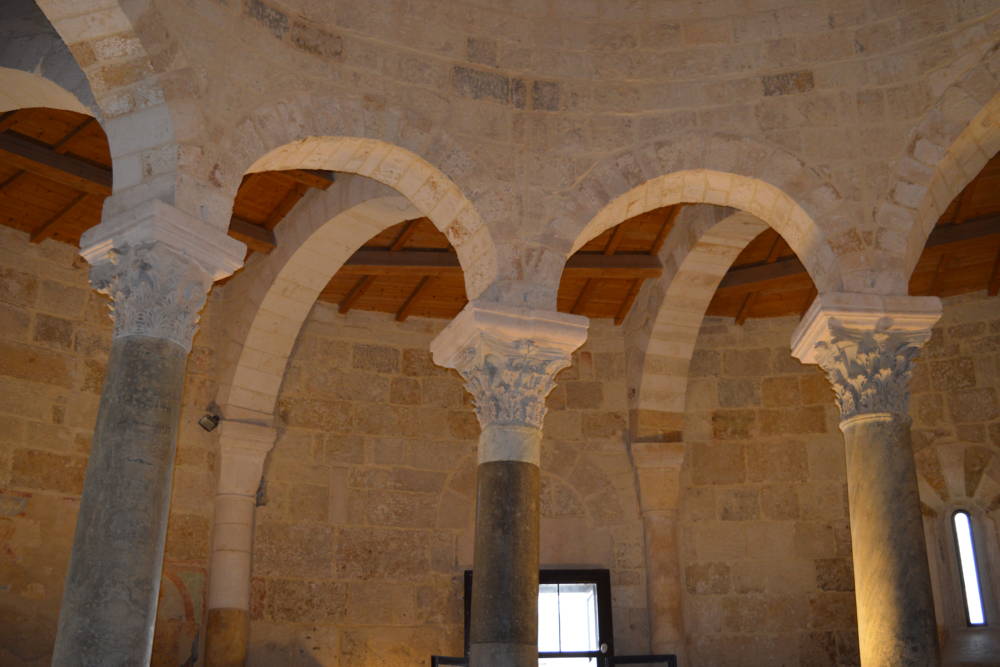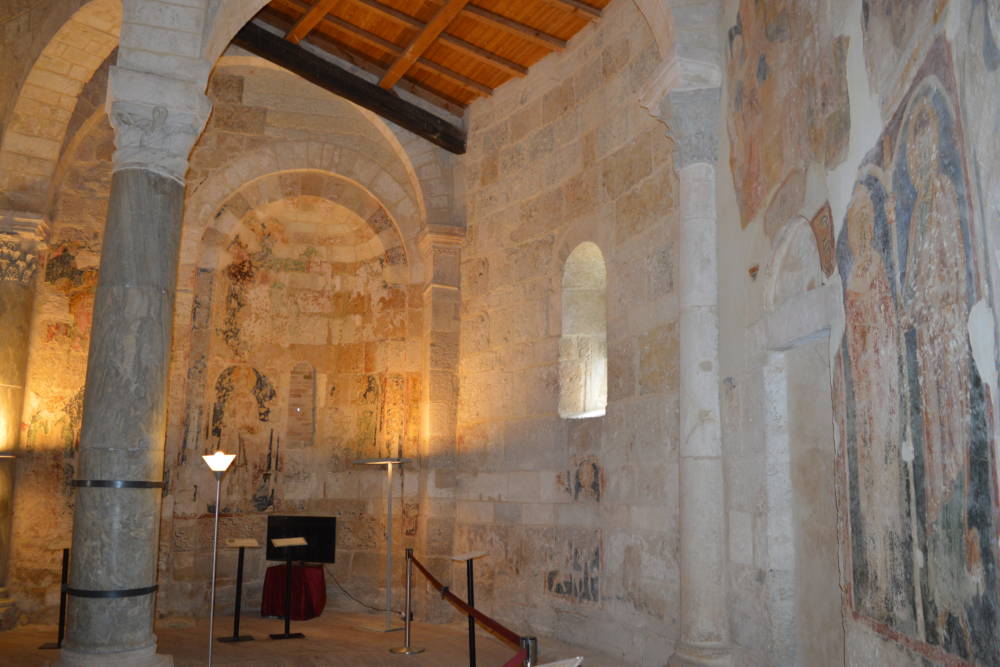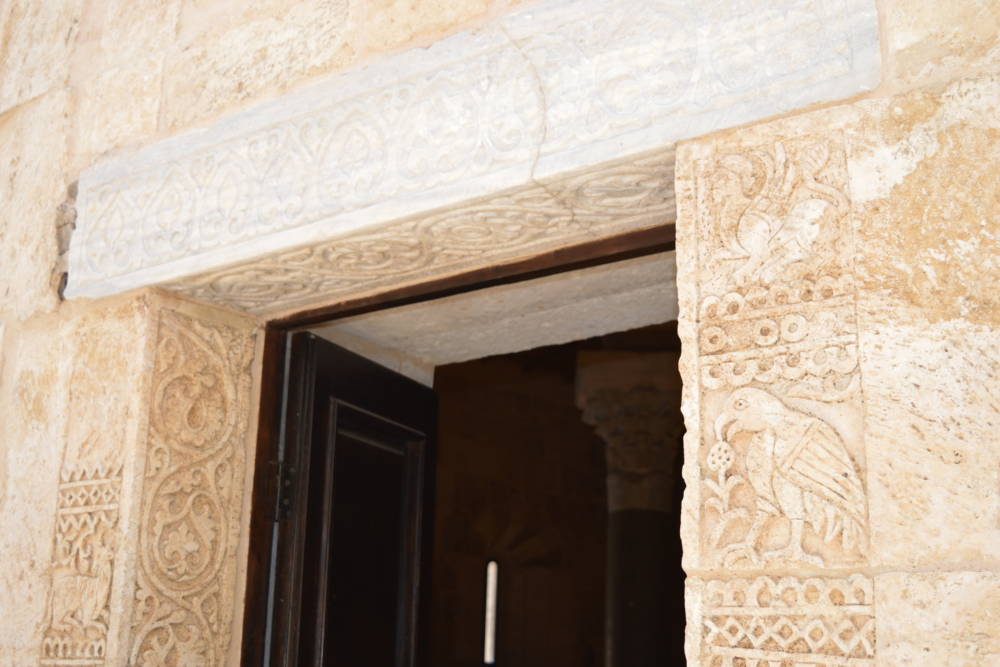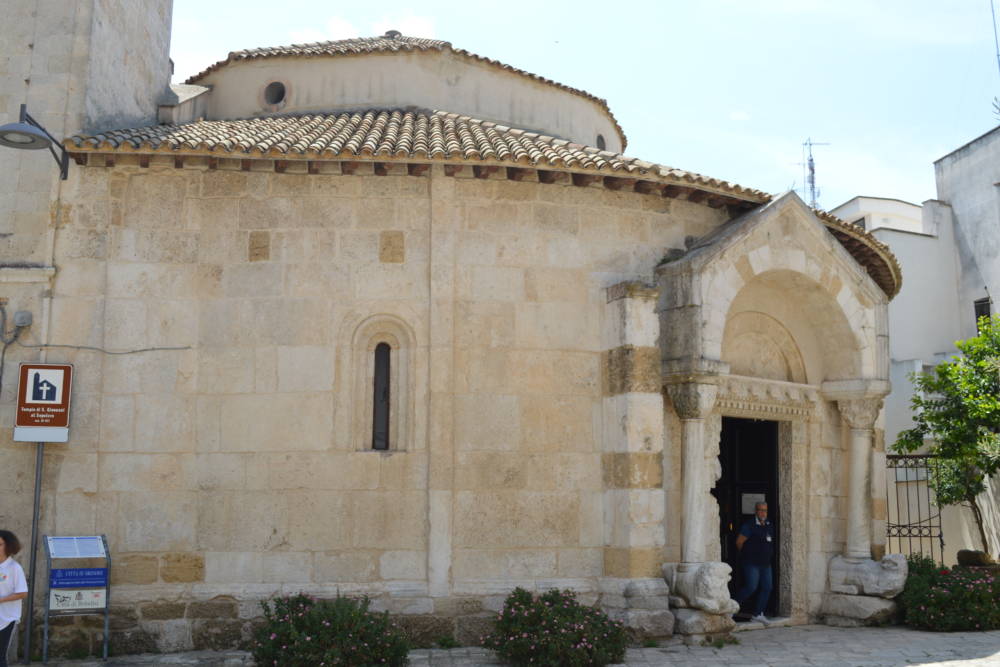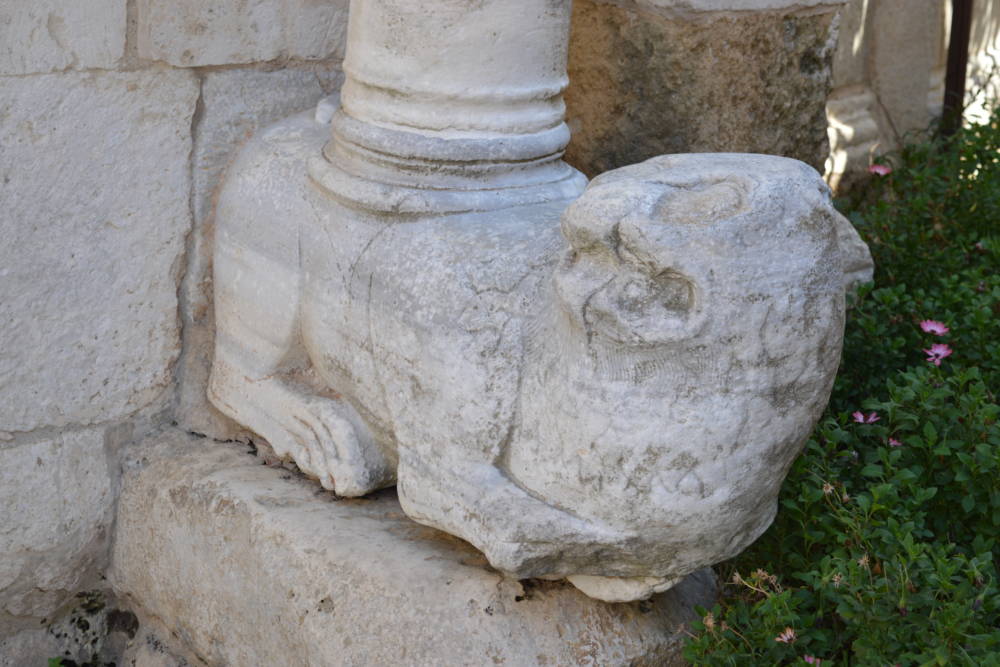About
| NAME | Tempietto di San Giovanni al Sepolcro |
| LOCATION | via San Giovanni al Sepolcro |
| Dating | anno 1000 |
| OPENING HOURS | Aperto tutti i giorni dalle 8:00 alle 14:00 e dalle 14:30 alle 20:30 escluso il giovedì |
Description
This church hides many symbols and meanings which give a fairly mysterious atmosphere.
Firstly, the temple is modelled on the architectural pattern of the Aedicule of the Holy Sepulchre in Jerusalem and was considered as a place of pilgrimage, controlled by a monastic order of Jerusalem. In fact, for those who arrived, the building was an advance of that of Jerusalem while for those who returned, a memory. If you want to venture and discover what there is in the back, just ask the keeper!
The north main entrance of St. John’s temple is characterized by a small porch with two columns on the sides, supported by two column-bearing lions. The peculiarity of this porch lies in the constant theme of the fight between good and evil.
Two main examples could be the Christian warrior who fights against the Saracen one and the deer which fights against the dragon.
Inside the temple, many frescoes are depicted, including Saint Blaise who protects against sore throat, Saint Anne that helps women in labour and Saint George who protects the humble and the weak. This last Saint, in St. John’s Church, was painted several times because when a fresco faded, it was covered by another painting in a specular way.
Just out of the temple and turning to the back garden, you can notice the presence of some Latin epigraphs and among these there is one dating back to the time of the unification of Italy (Royal Palace in Brindisi).
On the portal wall, on the left, are engraved several symbols dating back to ancient times, such as a triple belt with three concentric circles, the inscription of the name Stephanvs and a symbol of the Masons, a triangle with an eye inside.
In the garden, in spring and summer time, you can admire typical local crops such as tomatoes, lavender, thyme, rosemary, mint and incense.
Curiosities
It was the first museum in Brindisi thanks to Giovanni Tarantini who rebuilt part of the abandoned church;
On the façade, there is the Solomon’s knot, an ancient symbol that represents the complexity of finding oneself;
In reality, the main door is the one facing the back;
4) In the temple, there are eight columns arranged in a circular direction and most of them date back to Roman times;
5) In the centre, where there is now a forum from which you can admire some remains of Roman Brindisi, in ancient times, the reproduction of the Holy Sepulchre was located there.
What to find in the area
Via Marco Pacuvio: if you stop opposite the pizza restaurant and turn right, you will find at the top of the opposite wall, a head that represents the Holy Shroud and probably in that area there was the hospice of the Templars
San Pietro degli Schiavoni archaeological area;
St. Paul’s Church;
The Church of the Angels.
Where to take photos
The back garden
Sources
